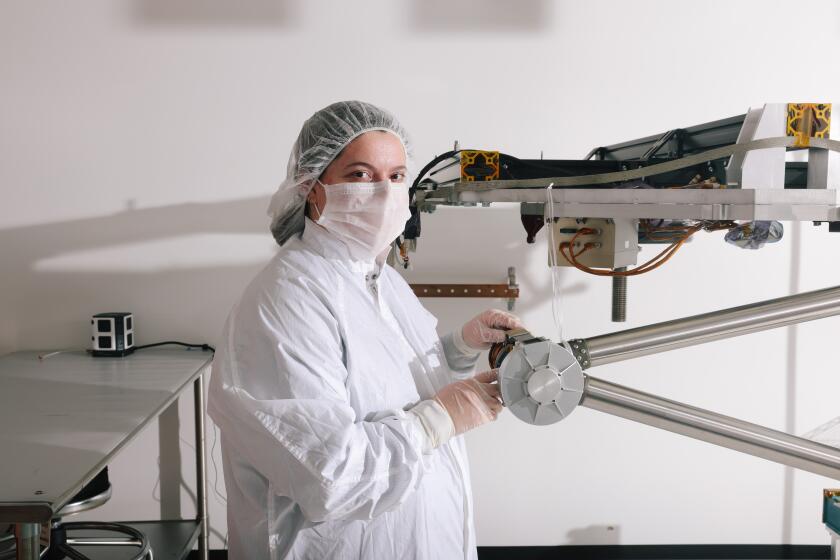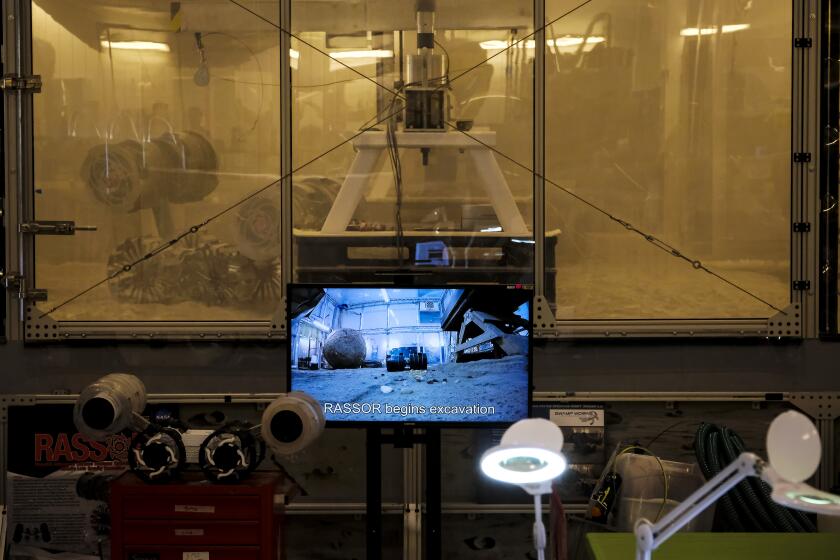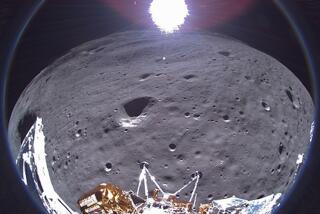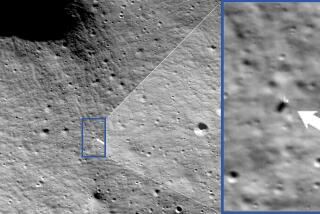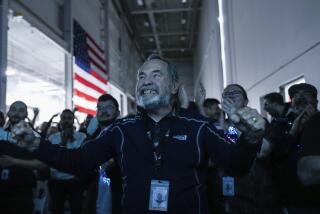Spacecraft sent to the moon by Japanese company has probably crashed, CEO says
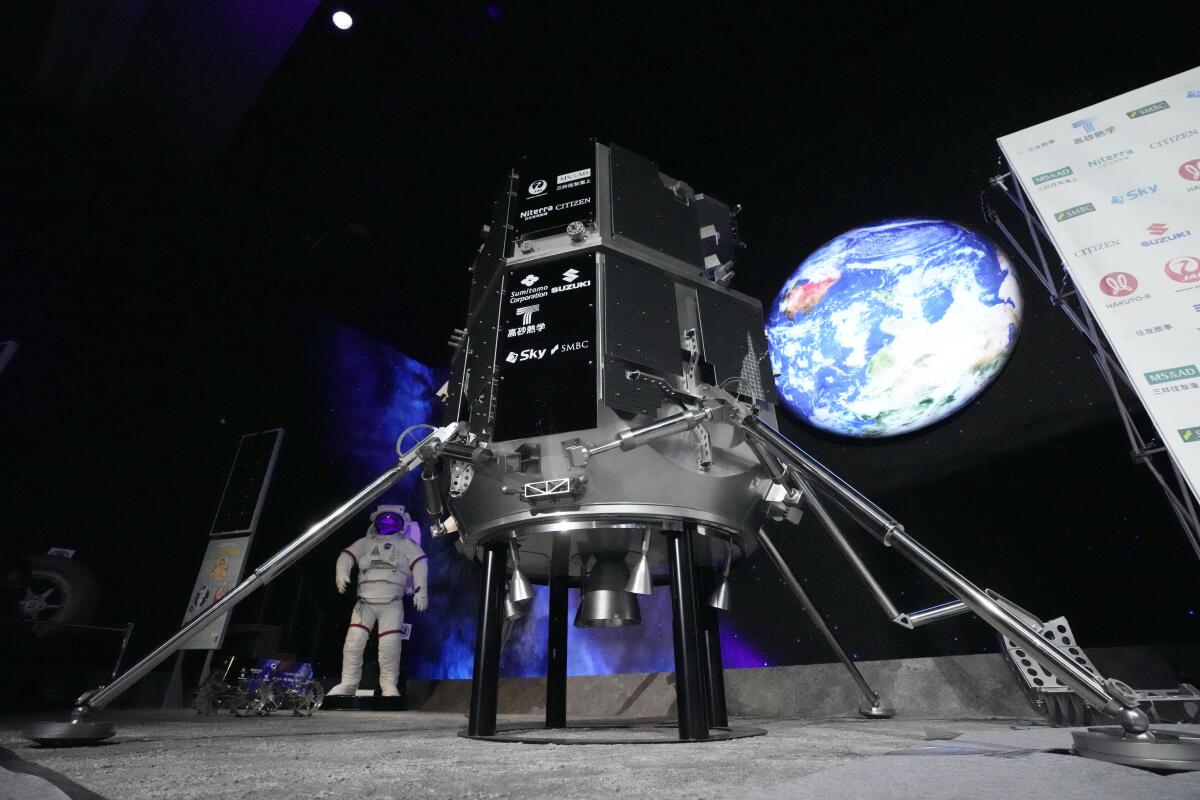
- Share via
A Japanese company that lost contact with its spacecraft moments before it was scheduled to touch down on the moon early Wednesday said the mission had apparently failed.
Communications ceased as the lander descended the final 33 feet, traveling around 16 mph. Flight controllers peered at their screens in Tokyo, expressionless, as minutes went by with no word from the lander, which is presumed to have crashed.
“We have to assume that we could not complete the landing on the lunar surface,” said Takeshi Hakamada, founder and CEO of the company, Ispace.
If the craft had landed, the company would be the first private business to pull off a lunar landing.
NASA’s next trip to the moon will explore its south pole, an area that gets even colder than Mars. So scientists need a robotic arm system that can function in temperatures as low as minus 280 F.
Only three governments have successfully landed on the moon: Russia, the United States and China. An Israeli nonprofit tried to land on the moon in 2019, but its spacecraft was destroyed on impact.
The 7-foot-tall Japanese lander carried a miniature lunar rover for the United Arab Emirates and a toylike robot from Japan designed to roll around in the moon dust. There were also items from private customers on board.
Named Hakuto, Japanese for white rabbit, the spacecraft had targeted Atlas crater in the northeastern section of the moon’s near side, more than 50 miles across and just over 1 mile deep.
Hakuto took a long, roundabout route to the moon following its December liftoff, beaming back photos of Earth along the way. The lander entered lunar orbit on March 21.
Stardust is romantic, but moon dust a potential hazard as NASA prepares to return to the lunar surface.
For this test flight, the two main experiments were government-sponsored: the UAE’s 22-pound rover Rashid, named after Dubai’s royal family, and the Japanese Space Agency’s orange-sized sphere designed to transform into a wheeled robot. With a science satellite already around Mars and an astronaut aboard the International Space Station, the UAE was seeking to extend its presence to the moon.
Founded in 2010, Ispace hopes to start turning a profit as a one-way taxi service to the moon for other businesses and organizations. Hakamada said Wednesday that a second mission is already in the works for next year.
“We will keep going, never quit lunar quest,” he said.
Two lunar landers built by private companies in the U.S. are awaiting liftoff later this year, with NASA participation.
Hakuto and the Israeli spacecraft named Beresheet were finalists in the Google Lunar X Prize competition requiring a successful landing on the moon by 2018. The $20-million grand prize went unclaimed.
